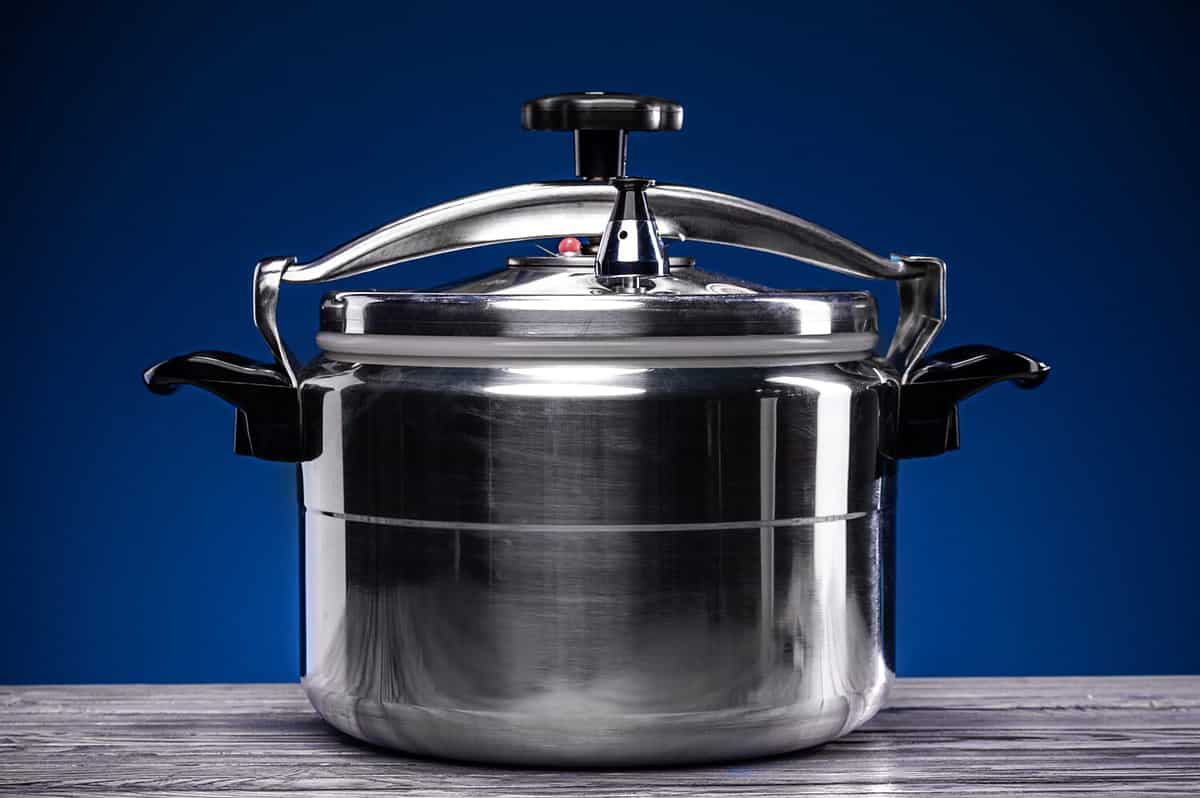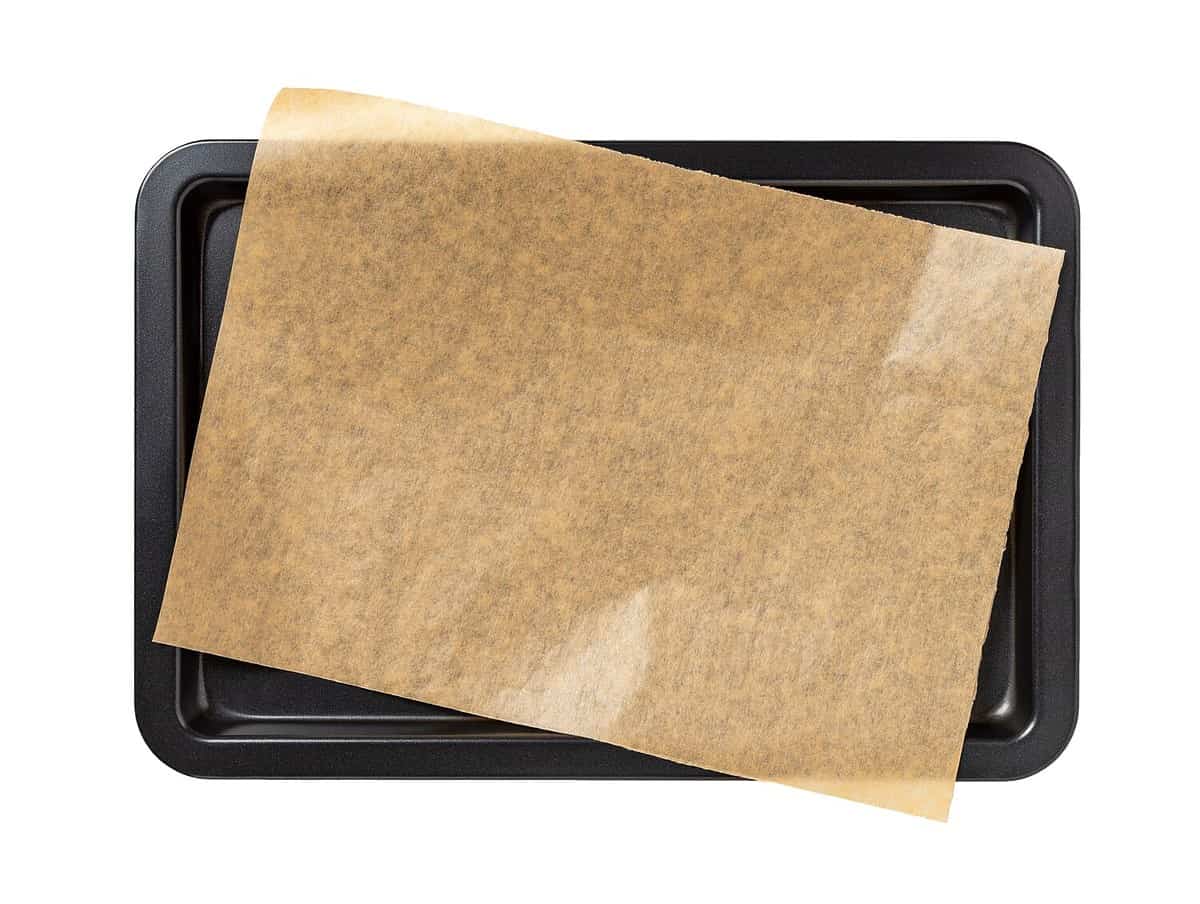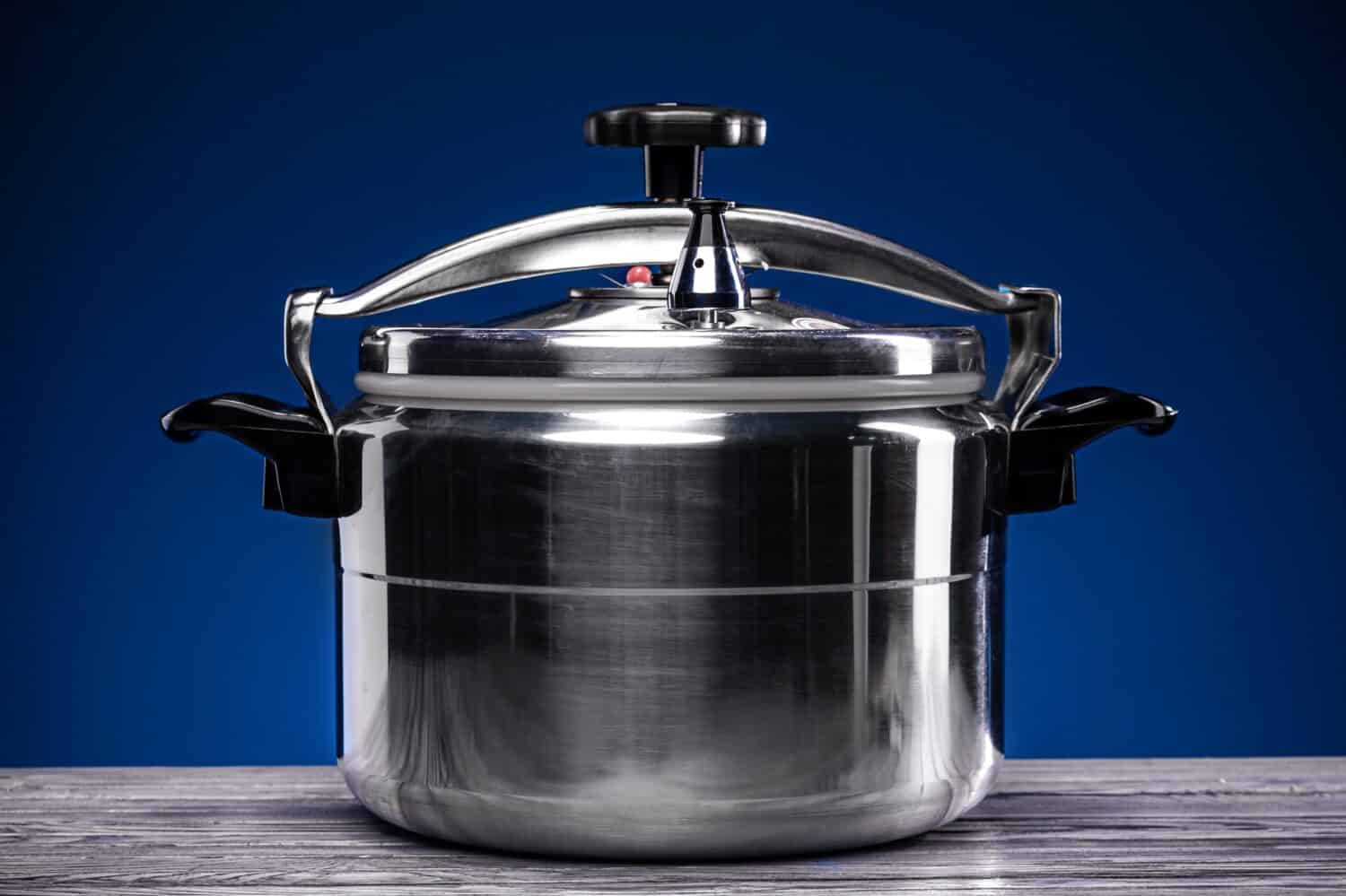Stainless Steel vs. nonstick: What's the better kitchen tool? What's going to make better food for you? Learning the difference can help you avoid purchasing something that may not be great for what you're making.
Stainless steel is the workhorse of the kitchen. It's made with steel and carbon. It also has chromium to prevent it from rusting. Nonstick pots and pans will have something called Teflon, which is polytetrafluoroethylene (PTFE). This is made from carbon and fluorine atoms. It was created in the 1930s as a nonstick surface. It's perfect for making fried rice, eggs, or other foods that don't stick to the bottom.
This guide explains the difference between stainless steel and nonstick pots and pans. We also look at what the better material is for acidic foods. Knowing the difference can help you avoid choosing one that is not perfect for the food you're making. It can also help you avoid spending more than you need to.
What Is Stainless Steel?

©Hodoimg/Shutterstock.com
Stainless steel came out nearly a hundred years ago. It was the first stainless steel product designed to avoid rusting because of the chromium. This made it the perfect cooking utensil because it could withstand heating and washing without rusting away. Harry Brearly was the first to invent the stainless kitchenware.
Since the 1920s, stainless steel items have been popular in pots and pans. You'll also find stainless steel items used as surgical tools because they are pure metal that avoids rusting. Additionally, stainless steel items are known for their reliability. If kept clean and maintained, stainless steel pots and pots can last a lifetime.
However, because stainless steel items are not usually nonstick, things can stick to the bottom of pots and pans. One of the best ways to get food stuck to the bottom of a pot or pan is to soak it in water. It can also take a bit of elbow grease to scrub it off after it has been absorbed.
Here's an overview of the pros of stainless steel pots and pans:
- Long-lasting.
- Dishwasher safe.
- Maintains coating over time.
- Oven-safe at high temperatures.
Here are the cons of stainless steel pots and pans:
- It takes a while to clean.
- It is not perfect for cooking eggs or other items that stick to it.
- It requires care and more work if you want to cook something compared to the nonstick.
What Is NonStick?
Nonstick pans are made with Teflon, which helps give the bottom of posts and pans an easy way of cooking something without it sticking to the bottom.
However, it's essential to know that every nonstick pot and pan has limitations. For instance, you typically can't cook with a nonstick pan above 400 degrees. It's also not safe to put it in the oven. You also want to avoid metal items that can scrape and damage the Teflon on the nonstick pots and pans. This could affect the quality of it.
Here are some of the pros of a nonstick pot or pan:
- Perfect for cooking eggs, chicken, and other potentially sticky foods
- More affordable than stainless steel kitchenware
- Easier to clean than stainless steel kitchenware
Here are some of the cons of a nonstick pot or pan:
- Doesn't last as long as stainless steel kitchenware
- Cannot use metal items to cook with nonstick kitchenware
- Must be careful with using high heat on nonstick kitchenware
Stainless Steel vs. Nonstick: What's Better for Acid Foods?

©Maryia_K/Shutterstock.com
When it comes to acidic foods, stainless steel kitchenware is the best because it's non-reactive. This means they are great for foods with tomatoes or vinegar. Additionally, they are great with mental cooking items like whisks or spatulas.
While you can use nonstick for acidic foods, it does wear down the Teflon. Cooking with acidic foods consistently on a non-stick pot or pan can eventually reduce the durability of its use.
This is also why stainless steel can sometimes be healthier for you. It doesn't emit toxins like a nonstick might if you scratch it with a metal spoon, fork, or whisk. One of the concerns with nonstick is that if you cook with it above 500 degrees, the Teflon starts to wear down and releases toxins into the air. However, if you cook at a temperature below this, you'll find that nonstick pots and pans work effectively.
Stainless Steel vs. Nonstick: What's Better for the Kitchen?
If you're trying to decide between stainless steel and nonstick, the key is to find out what you enjoy making the most. If you enjoy eating lots of eggs, fish, and vegetables that can sometimes stick to the bottom of a pot or pan, nonstick is the way to go. But if you like the durability of stainless steel kitchenware, you should consider stainless steel. Either way, you'll find that they both do an excellent job of cooking different dishes.
The image featured at the top of this post is ©Hodoimg/Shutterstock.com.
